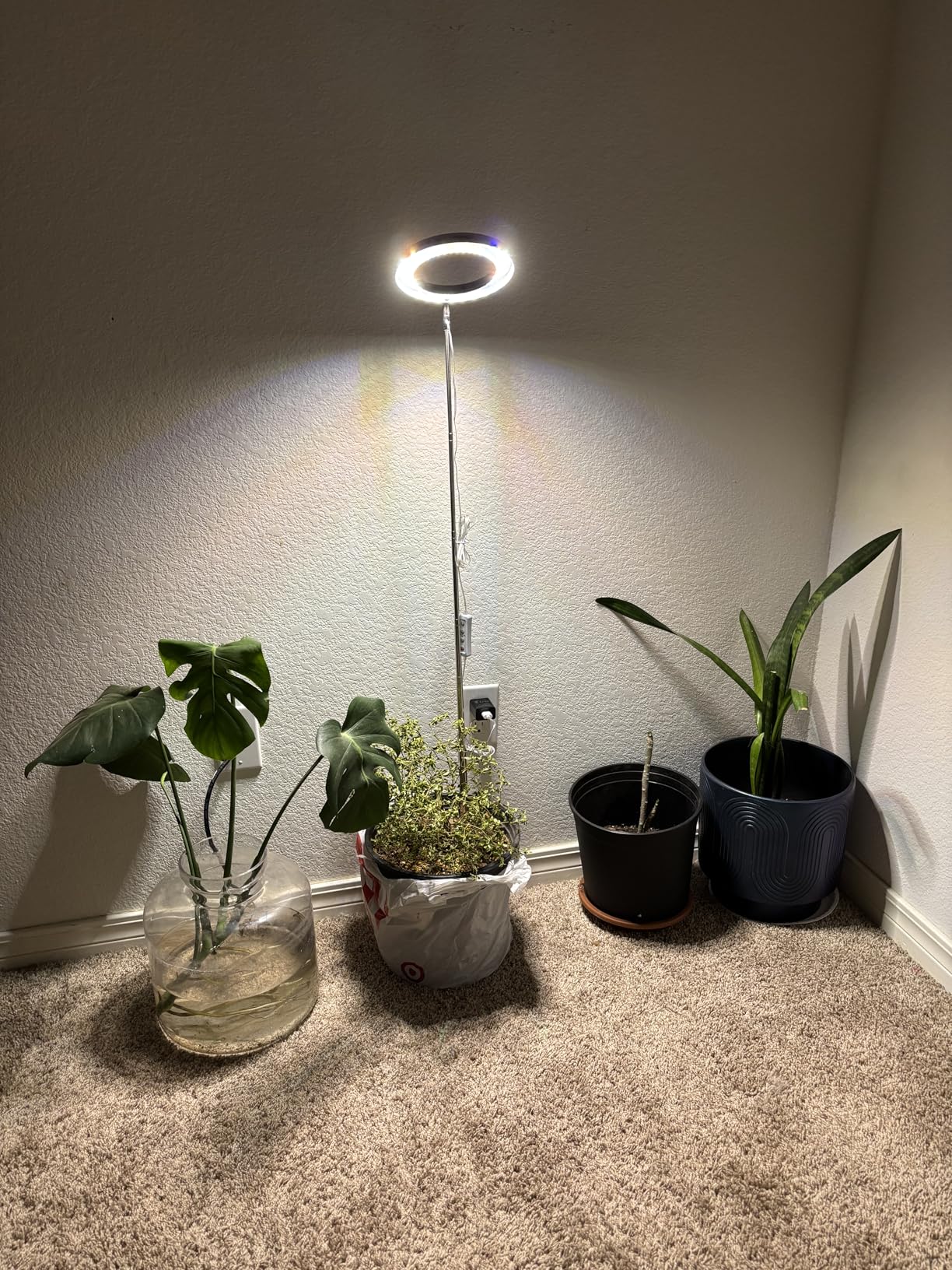The Science Behind LED Grow Lights: Why They Work So Well

You’ve probably heard that LED grow lights are the best way to help your indoor plants thrive — but have you ever wondered why they work so well?
Behind every healthy leaf and strong root system lies some fascinating science. Let’s explore how LED grow lights power your plants from the inside out.
🌞 1. How Plants Use Light to Grow
Plants don’t just “like” light — they depend on it to survive.
Through photosynthesis, plants absorb light energy and convert it into the sugars they use for growth.
However, not all light is equal. Plants mainly use two color ranges:
-
Blue light (400–500 nm): Encourages leafy growth, strong roots, and compact stems.
-
Red light (600–700 nm): Triggers flowering, fruiting, and overall maturity.
Together, these colors form the foundation of healthy plant development — and LED grow lights can deliver both precisely.
💡 2. What Makes LED Grow Lights Different
Unlike traditional bulbs, LED grow lights are engineered specifically for plants.
They emit the exact wavelengths your plants need, without wasting energy on colors that don’t contribute to growth.
Here’s why that matters:
-
Higher efficiency: Almost all the energy goes directly into usable light.
-
Cooler operation: LEDs emit very little heat, so they won’t scorch delicate leaves.
-
Long lifespan: Quality LEDs last up to 50,000 hours — years of reliable light!
🌈 3. The Role of Full Spectrum Lighting
Full spectrum grow lights combine blue, red, and white light to mimic natural sunlight.
This allows your plants to grow as if they were outdoors — even in dark apartments or winter months.
🌿 Benefits of Full Spectrum LEDs:
-
Balanced light for all growth stages
-
Healthier leaves and stronger stems
-
Better color development for flowers and fruits
-
Reduced energy costs compared to fluorescent lamps
🔬 4. Light Intensity and Duration: The Hidden Factors
Even with the best LED grow light, your plants need the right intensity and timing.
Too much light can cause leaf stress, while too little leads to weak growth.
✅ Pro Tip:
-
Start with 10–12 hours of light daily for most houseplants.
-
Use an auto timer to maintain a consistent day-night cycle.
-
Keep lights 8–16 inches from the plant canopy, depending on the model.
🌺 5. Why LED Grow Lights Are the Future of Indoor Gardening
Modern LED technology gives you precision control over light quality and duration — something sunlight alone can’t provide indoors.
They’re energy-saving, eco-friendly, and perfect for small apartments or full-scale indoor gardens.
Whether you’re growing succulents, herbs, or flowering plants, LED grow lights offer the perfect balance of science and sustainability.
🌿 Final Thoughts
LED grow lights aren’t just a trend — they’re a scientific solution for bringing nature indoors.
By providing exactly the right spectrum and intensity, they help every plant reach its full potential, no matter the season.
Let science work for your plants 🌱 — and watch them thrive like never before!
